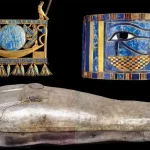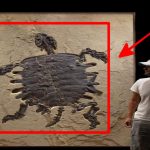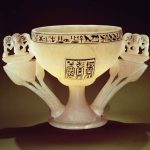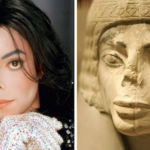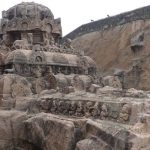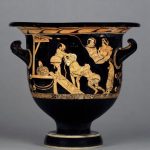Amenemhat III’s Sphinx: The iconic Middle Kingdom monument from Tanis is currently housed at Cairo’s Egyptian Museum

In the heart of the Egyptian Museum in Cairo, amidst the relics of ancient splendor, stands a monument to the power and grandeur of the Middle Kingdom: the Sphinx of Amenemhat III. Dating back to the 12th Dynasty, circa 1860-1814 BC, this colossal statue carved from gray granite hails from the ancient city of Tanis, known today as San al-Haggar. Cataloged as JE 15210; CG 394, this iconic sphinx commands attention and reverence, bearing witness to the timeless legacy of Egypt’s pharaonic rulers.
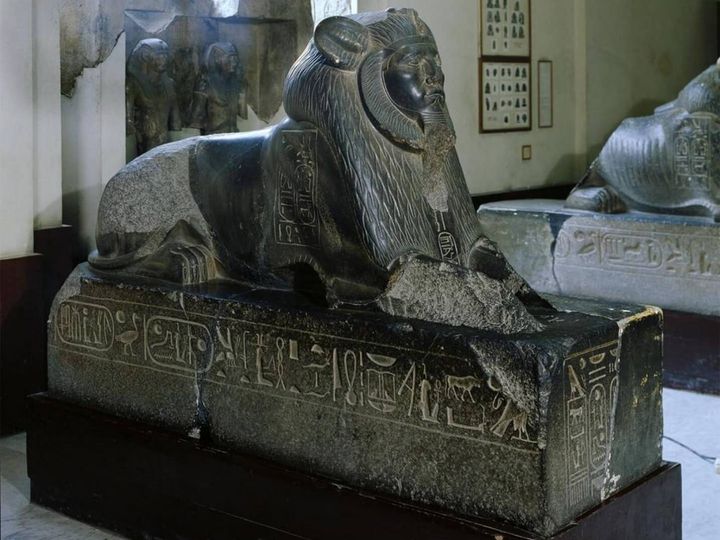
The Sphinx of Amenemhat III is a marvel of ancient artistry and engineering, standing as a testament to the ingenuity and skill of its creators. Combining the features of a human face with the body of a lion, it embodies the perfect fusion of intelligence and strength, reflecting the divine attributes attributed to the pharaoh. As the embodiment of the divine ruler, Amenemhat III is depicted with serene yet commanding facial features, exuding an aura of wisdom and authority.
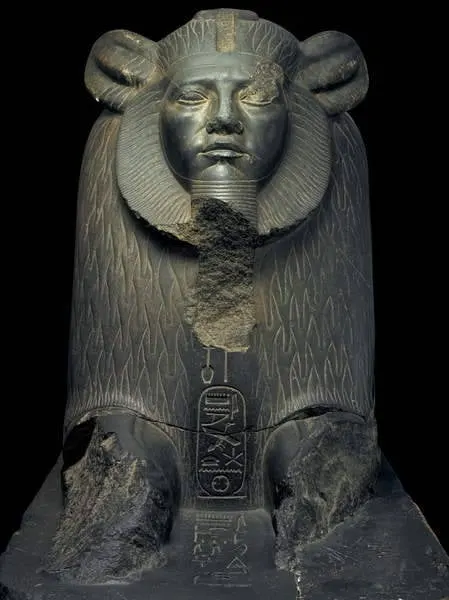
Discovered amidst the ruins of Tanis, the sphinxes of Amenemhat III have captured the imagination of historians and archaeologists alike. Seven of these majestic creatures were unearthed in the eastern Delta, earning them the moniker of the “Tanite sphinxes.” Each sphinx serves as a silent sentinel, evoking the superhuman power of the king and emphasizing his fearful appearance. As guardians of the sacred precincts of Tanis, these sphinxes stood as symbols of protection and divine authority, warding off evil spirits and ensuring the prosperity of the kingdom.
The symbolism embodied by the Sphinx of Amenemhat III extends beyond its physical form, offering insights into the religious beliefs and cultural values of ancient Egypt. In Egyptian mythology, the sphinx represented the union of divine and earthly powers, embodying the ferocity of a lion and the wisdom of a human. As guardians of sacred sites and repositories of divine knowledge, sphinxes held a revered place in Egyptian society, serving as protectors of the pharaoh and intermediaries between the mortal realm and the divine.

Moreover, the sphinxes of Amenemhat III served a political purpose, asserting the king’s authority and dominion over the land. As monuments to royal power, they were strategically placed in prominent locations, such as temple entrances and palace courtyards, to instill awe and reverence in the hearts of the populace. Their imposing presence served as a visual reminder of the pharaoh’s divine mandate to rule and protect his people, ensuring stability and order throughout the kingdom.
Today, as we marvel at the Sphinx of Amenemhat III in the halls of the Egyptian Museum, we are transported back in time to an era of unparalleled grandeur and majesty. Through its timeless beauty and symbolic significance, the sphinx beckons us to ponder the mysteries of ancient Egypt and to pay homage to the enduring legacy of its pharaonic rulers. In its stony gaze, we glimpse the indomitable spirit of a civilization that revered gods and kings, leaving an indelible mark on the sands of time.
